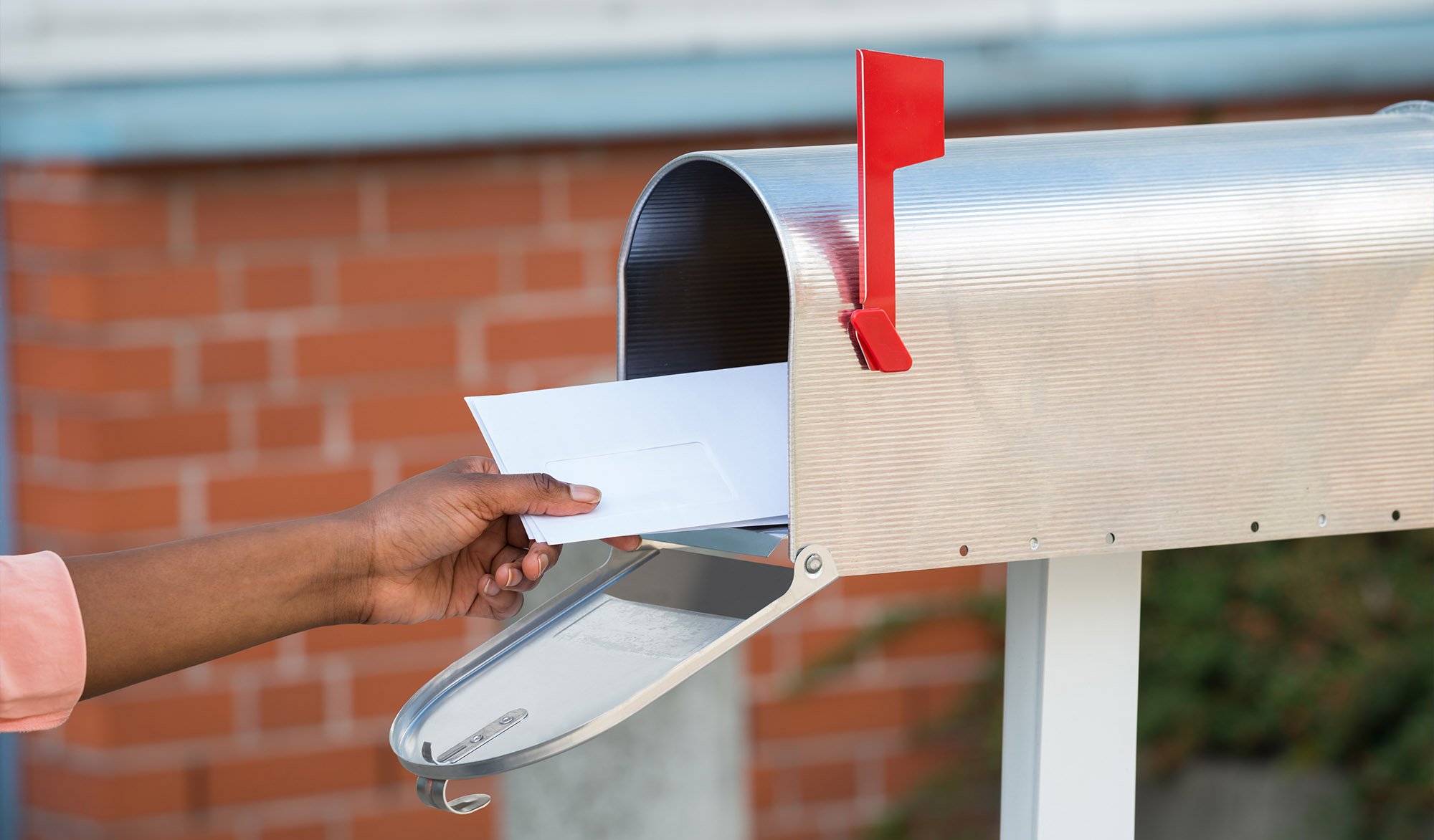According to the 40-40-20 Rule, 40 percent of a direct marketing campaign’s success is based on the audience. The remaining derives from the offer (40 percent) and creative (20 percent). This means the mailing list you choose can make or break a campaign. To help you choose the right one for your direct mail campaign, Design Distributors has compiled the four keys that are sure to unlock mailing list success.
Set Your Goals
Before you begin any campaign, you must set SMART (smart, measurable, achievable, relevant, and timely) objectives. Your company may want to promote new products or services, grow digital presence, focus on lead generation, target new customers, re-engage existing customers, build brand awareness, increase sales, revenue and profit, or build industry authority. Choosing a goal to focus on can help you determine the audience you want to reach.
Choose Your Audience
Now that you understand your goals, you can choose who should receive your campaign and who shouldn’t. Determine the segments you’ll need to target to achieve your desired results.
There are five major ways to segment an audience:
Geographic
If you’re trying to reach consumers in a specific location, you’ll use geographic segmentation. For example, if you own a storefront in Hartford, CT, you’ll want to send your direct mail to consumers within a certain mile radius. This way, you’ll attract customers you know are able to make the drive.
Demographic
This type of segmentation divides consumers by their demographic characteristics such as age, gender, income, education, and employment. If you're looking to reach a predominantly female ages 25 through 50 market, for example, you’ll want to use this approach.
Firmographic
Typically utilized in B2B marketing, firmographic segmentation breaks companies into groups based upon indications such as employee count, industry, and revenue. You might use this type if you’re trying to build industry authority.
Psychographic
This form of segmentation aims to subdivide populations based on hobbies, personality traits, and values. If your product is eco-friendly, for example, you’ll want to target customers based on their passion for the environment.
Sales Stage
All customers can be categorized into different buyers stages: prospects, one-time customers, frequent buyers, or loyal customers. If you’re trying to target new customers or re-engage past consumers, this is the segmentation to use.
For more information on segmentation, check out our blog ”RFM Analysis: A Guide for Direct Mail Segmentation.”
Tip: When you’re mailing to businesses, it’s important to keep in mind that not only do you need to reach the right company, but the correct person there to make decisions and take actions on your promotion. Depending on the business, this can be the marketing department, or upper management such as the president or CEO.
Pick a Type of List
Your goals and segmentation strategy will further help you narrow down your audience. Depending on whom you’re trying to reach, you’ll want to use either of the two main types of mailing lists:
House List
A house list includes those contacts stored in your internal database. These lists often outperform prospect lists 9 percent to 4.9 percent, respectively, according to a 2018 report, for several reasons. The contacts have opted into your content. They’ve either responded to your offers, made a purchase, downloaded an ebook on your site, or given their information to you in another capacity. Because you’ve already connected with these customers, you most likely know more information about them, resulting in greater segmentation and personalization opportunities. This list of information is also free, which means lower costs for your company.
Prospect List
A prospect list contains contacts outside of your database. These are new contacts you’re hoping to acquire as customers. Find a company that can provide you with a high-quality list of leads in the segment you’re trying to target. These are either compilers, who develop and distribute databases to clients, or brokers, who help you acquire lists through other sources.
Typically, you’ll need to rent or purchase these types of lists. When you rent, you’ll receive either one-time access or unlimited access for a specified amount of time. Although purchasing a list can be a bit pricier, you keep it, meaning you can develop a relationship.
Prospect lists come in two types:
Response List
These mailing lists find contact information through particular behaviors and interests. The lists are comprised of contacts who’ve responded to other companies, belong to certain organizations, subscribe to specific publications, or have made purchases from companies similar to yours.
Compiled List
If you’re looking to segment populations based on demographics and geography, compiled lists are right for you. This information is generally derived from proprietary and public information from telephone directories, government records, or private sources.
Test Your Chosen List
There’s always room to improve your current and future campaigns. Once you’ve determined your target audience, you’ll want to test various segments by trying out different lists or creatives. One segment may surprisingly get better responses than others. This can help you better promote your product or service, and lower future costs.
Finding the right list isn’t a one-time affair, so you’ll need to remember these keys to success for each campaign. Design Distributors can help you utilize the perfect mailing list for your next direct mail campaign. Contact us or request a free quote to get started today!










